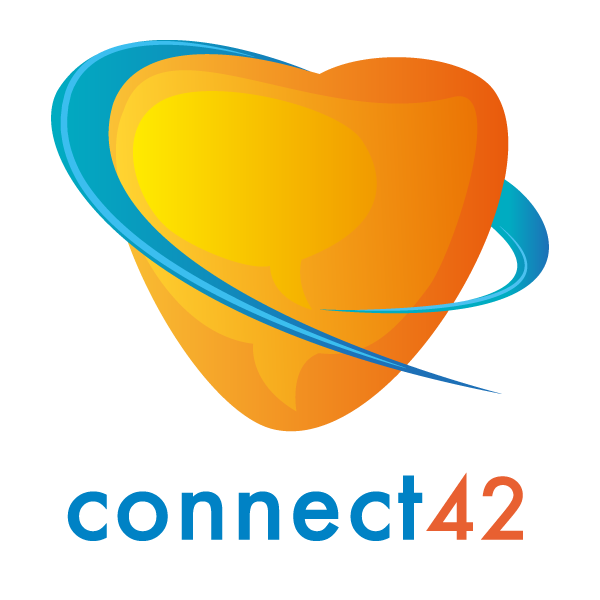A Common Language for ALL
For someone with dyslexia, reaching functional literacy on their own can be like climbing an insurmountably steep hill. But effective support from dedicated people creates a gently sloping ramp that makes the impossible achievable. More broadly, the steep hill can represent the journey toward functional oral and written communication for people who struggle with language and literacy. This includes those with dyslexia, Developmental Language Disorder (a significant language difficulty without an obvious cause), and other neurodevelopmental conditions.
Using the same analogy, parents and a range of professionals can work together to build the ramp to optimal communication. But how do we build that ramp? By using a common language, based on two key components: science and connection. If we focus on one of these elements without balancing it with the other, the ramp will collapse.
We need science in our approach to both teaching and collaboration, because it helps us transcend our inherent psychological biases, to which none of us is immune. We also need connection with our colleagues, students and clients. To achieve this we must seek to understand their perspectives, and then we can connect through our common goals and values. Connection makes our approach meaningful; science makes our approach effective. Together science and connection give us a common language.
Underpinning both science and connection is humility. We must continually learn, by re-evaluating what we think we know and viewing it with different lenses. I’ve encountered great humility in professionals of all disciplines – especially teachers, who draw together expertise from a variety of fields. Literacy is not a natural skill; it needs to be explicitly taught. Similarly, speaking the language of science and connection doesn’t always come naturally, because our biases trigger defence mechanisms. Therefore, we need to explicitly work on the necessary skills in a systematic way. We can do this by starting any collaboration or approach with science and connection. Then, if there is disagreement or confusion, we take a step back (or multiple steps back), until we get to a belief, value or definition that we can agree on.
So that we can practise speaking this common language, I’ll share some key beliefs at this stage in my professional literacy journey. If you disagree with any, let’s find a common belief and learn from each other.
All people have a right to effective education for their language and literacy needs
For professionals and communities this comes at a cost: time, money, hard work, and sacrificing any investment (mental, emotional and financial) in less effective approaches
We must be kind to each other and brave to afford these costs
Science is clear about the essential elements of effective reading approaches, such as systematic synthetic phonics-based instruction.
We must start with science and connection (e.g. beliefs 1 -4) and choose our approaches accordingly, NOT start with an approach that is available, easier, or that we’ve invested in, and select less rigorous research or opinions that align with it.
Many reading approaches claim that they are science-based. However, we need to look deeper to ensure that an approach uses the elements shown by science to be most effective, and minimises elements that are not shown to be effective. This can be difficult to determine, but professionals trained in evaluating this research, such as speech pathologists and psychologists, can help guide these decisions.
Anyone dedicated and trained to apply these science-based principals can support people with language and literacy. Educators and speech pathologists are often well-placed to do this, but other involved professionals such as psychologists and occupational therapists can make a valuable contribution by drawing on different skill-sets.
The later the intervention, the harder it is and the more self-esteem suffers. Early literacy skills should be checked by the first grade and addressed for children at-risk of reading issues, including those with language difficulties.
Intervention should vary according to the student’s strengths and weaknesses, not their diagnostic category. Science-based reading instruction benefits all people regardless of their condition, although the intensity needed will vary. For example, there is high quality evidence that children with low IQ can benefit significantly from science-based reading approaches.
Communication skills are crucial to quality of life, whether they are related to spoken or written language or both, and whether or not there are other neurodevelopmental conditions. Therefore all people with language and literacy challenges deserve our support to make that uphill journey toward improved communication skills and greater wellbeing.
There are “few injustices deeper than the denial of an opportunity to strive or ever hope, by a limit imposed from without, but falsely identified as lying within.” (Gould, The mismeasure of man, 1981).
Michelle Chadwick is a psychologist at St Giles with a background in diagnostic assessment and interventions for learning, including language and literacy. She works with children with Autism Spectrum Disorder, Specific Learning Disorders and other neuro-developmental conditions. Here Michelle writes for the Colleagues @ The Heart of Literacy initiative which this year is focusing on DLD. Find out more at connect42.org.

